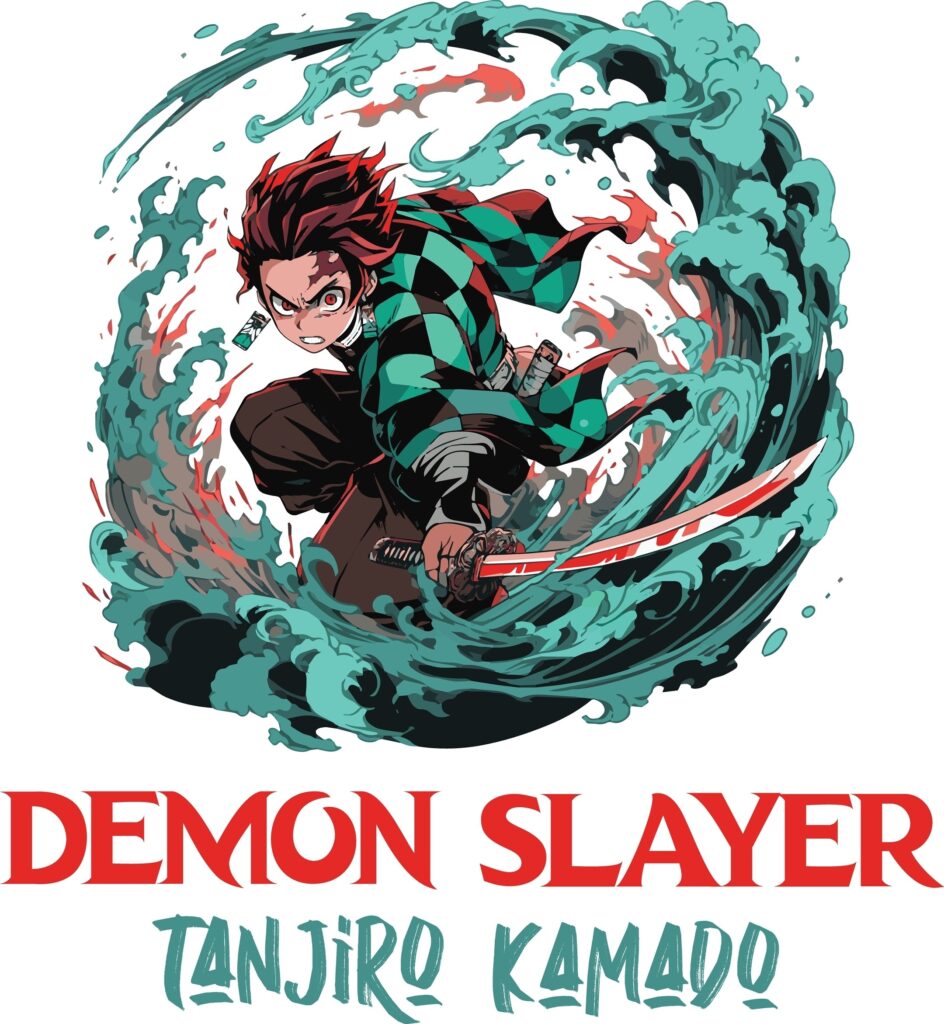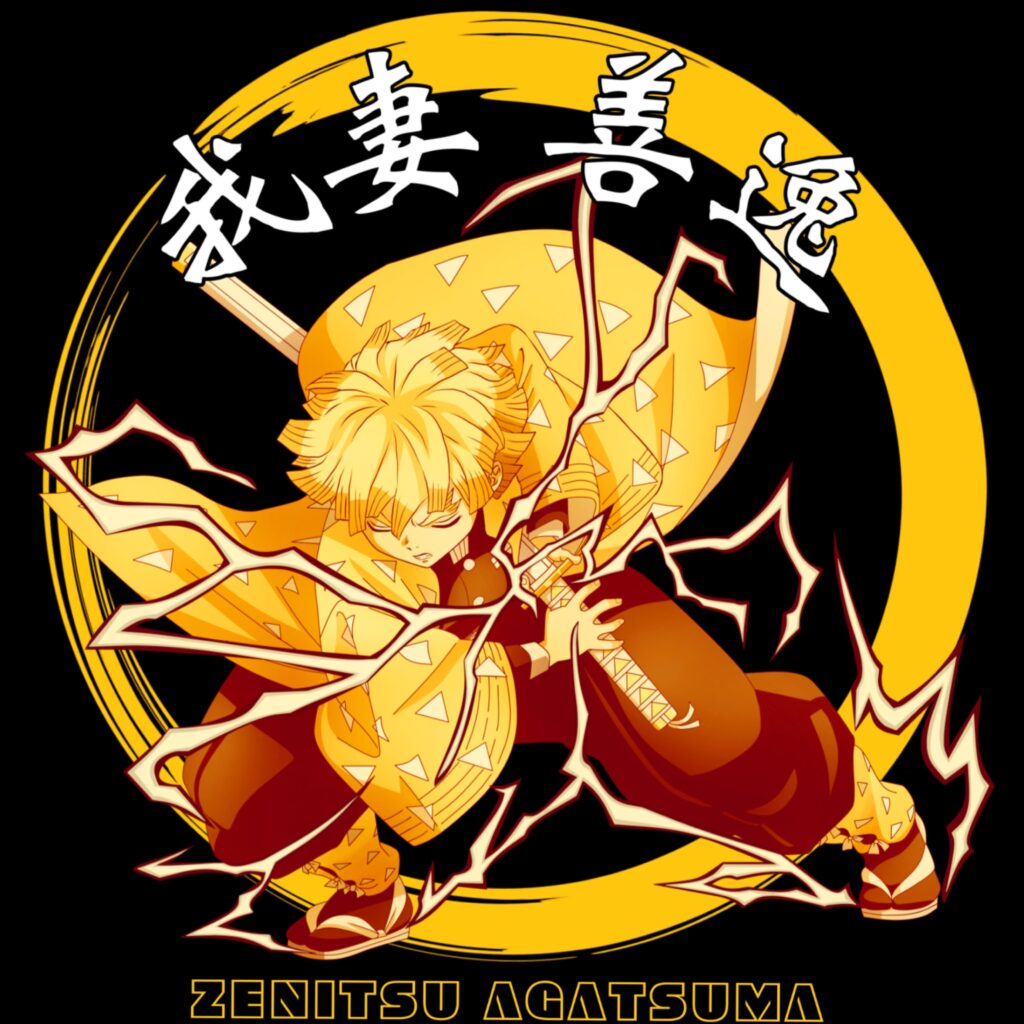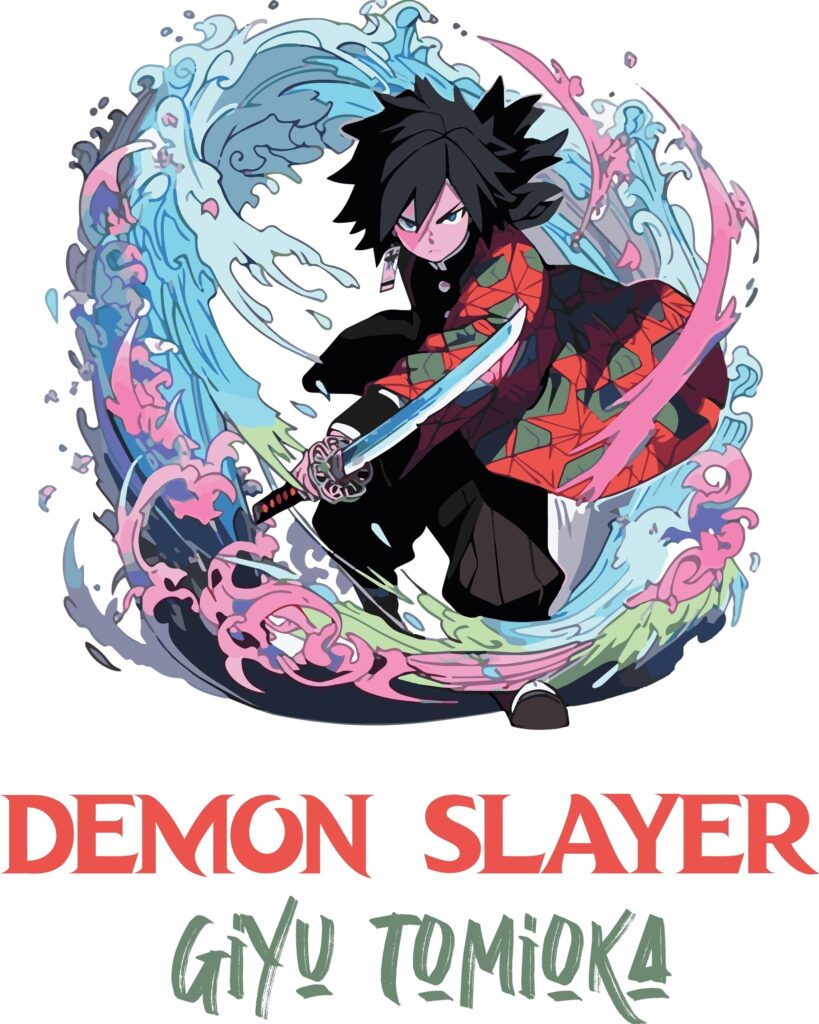The worldwide phenomenon Demon Slayer: Kimetsu no Yaiba has once again taken the global stage—this time with its latest movie, “Demon Slayer: Infinity Castle Arc (Mugenjō-hen)” (2025). Released in Japan in July 2025 and now showing across cinemas worldwide, the film has shattered expectations and rewritten box office history.
As of October 2025, Infinity Castle has surpassed 633 million USD (approximately 96 billion yen) in global box office revenue* (https://screenrant.com/demon-slayer-infinity-castle-global-box-office-total-f1-brad-pitt-hollywood/), officially becoming the highest-grossing animated film released in 2025. It now ranks 6th among all-time worldwide anime releases (, and in the U.S., it is only 3.5 million USD away from becoming the biggest foreign film ever released.
Following in the footsteps of the record-breaking Mugen Train, Infinity Castle delivers everything fans have come to love about Demon Slayer: breathtaking animation, deeply emotional storytelling, and battles that test the limits of courage, sacrifice, and family bonds. Whether you’re a long-time fan or discovering the series for the first time, you won’t want to miss this cinematic journey through the final, most intense arc of the saga.
*As of October 6th 2025
🌸 About Demon Slayer: From Manga to Global Phenomenon
Before Demon Slayer: Infinity Castle (2025) became a global box-office sensation, it all began as a manga series written and illustrated by Koyoharu Gotouge (吾峠呼世晴). The manga was first serialized in Weekly Shōnen Jump magazine, published by Shueisha, starting in February 2016.
Gotouge’s art style and storytelling quickly stood out for their emotional depth and elegant depiction of both horror and humanity. While it began as a dark fantasy about demons and swordsmanship, its underlying messages of family, kindness, and perseverance captivated readers.
The manga ran for 205 chapters, concluding in May 2020, and has since sold over 150 million copies worldwide, making it one of the best-selling manga series in history—alongside legendary titles such as One Piece, Naruto, and Attack on Titan.
Following the manga’s success, the renowned studio ufotable adapted the story into an anime television series and brought it to life with breathtaking animation and cinematic visuals. The first season aired in Japan in April 2019, covering the early arcs of Tanjiro’s journey and earning critical acclaim for its stunning fight sequences and faithful adaptation of Gotouge’s world.
The anime’s unprecedented popularity both in Japan and overseas set the stage for the release of “Demon Slayer: Mugen Train” (2020), which continued directly from the final episode of Season 1. The movie became a cultural event—breaking domestic records to become Japan’s highest-grossing film of all time, surpassing even Spirited Away.
Since then, the franchise has expanded through multiple anime seasons, international releases, collaborations, and now the grand finale in 2025 with “Infinity Castle.” The combination of heartfelt storytelling, powerful voice acting, and visual artistry has transformed Demon Slayer into a global icon of Japanese animation—bridging cultures and captivating audiences of all ages.
🏮 Cultural Roots and Aesthetics of Demon Slayer
What makes Demon Slayer truly unique among modern anime is how deeply it reflects Japanese culture, history, and spiritual values.
The story unfolds during the Taishō era (1912–1926)—a fascinating period in Japan’s history when traditional lifestyles coexist with rapid modernization and Western influence. This contrast between old and new mirrors Tanjiro’s journey: the harmony between inherited values and the courage to embrace change.
The visual style of Demon Slayer embraces traditional Japanese aesthetics. The characters’ outfits draw from kimono patterns, their surroundings reflect Edo-period architecture, and even the fighting techniques—called “Breathing Styles” (Kokyū no Kata)—take inspiration from the meditative and rhythmic practices of Zen and martial arts. Each “Breathing Style” evokes an element of nature—water, flame, thunder, wind, or love—symbolizing the unity between humans and the natural world.
Even the emotional tone of the series draws from classical Japanese literature and art. Themes of sacrifice, duty, and compassion—known as giri and ninjo—run throughout the narrative, blending heroism with human fragility.
This cultural depth is one reason why Demon Slayer resonates so strongly beyond Japan. European viewers often find in it a reflection of their own myths and moral struggles: courage against darkness, the power of family, and the hope that love can transcend death.
Through this fusion of traditional Japanese spirit and universal emotion, Demon Slayer has become far more than just a fantasy anime—it’s a cultural bridge connecting Japan’s soul with the rest of the world.
Story: Battle Between Humanity and the Demons
Set in Taishō-era Japan (1912–1926), Demon Slayer: Kimetsu no Yaiba tells the story of Tanjiro Kamado, a kind-hearted boy who lives with his family in the mountain. His peaceful life is shattered when demons attack his home—killing everyone except his younger sister, Nezuko, who is transformed into a demon herself.
Determined to turn her back into a human, Tanjiro joins the Demon Slayer Corps, a secret organization of warriors devoted to hunting demons and protecting humankind. Along his journey, he meets friends and comrades—each with their own tragic pasts and unbreakable spirit.
At the heart of all evil stands Muzan Kibutsuji, the first and most powerful demon who has lived for centuries by consuming humans. Every demon in existence originates from him, and the story’s ultimate goal is to destroy Muzan once and for all.
In the Infinity Castle Arc, the Demon Slayer Corps finally storms Muzan’s stronghold—a surreal, ever-shifting castle hidden in another dimension. Inside, they face the Twelve Kizuki, Muzan’s elite demon generals, in battles that push body and soul to the limit. This final confrontation brings closure to years of pain, sacrifice, and unbreakable human will.
Main Characters
Tanjiro Kamado (竈門炭治郎)
The compassionate and determined protagonist. Despite enduring immense loss, Tanjiro’s unwavering kindness and empathy—even toward demons—make him a unique hero. His signature fighting style, Water Breathing, evolves as he faces increasingly powerful foes.
Nezuko Kamado (竈門禰豆子)
Tanjiro’s younger sister, who was turned into a demon but retains her human emotions. She fights to protect others, defying her demonic nature. Her character represents hope, family, and the idea that even those who’ve fallen into darkness can still find redemption.
Zenitsu Agatsuma (我妻善逸)
A cowardly yet skilled swordsman who uses Thunder Breathing. Though often scared, his lightning-fast attacks and hidden courage make him one of the most surprising and beloved characters in the series.
Inosuke Hashibira (嘴平伊之助)
A wild, boar-masked fighter raised in the mountains. Fierce, impulsive, and loyal, Inosuke brings humor and raw strength to Tanjiro’s group. His unpolished fighting style is as unpredictable as his personality.
Kanao Tsuyuri (栗花落カナヲ)
A quiet but deadly warrior trained by the Kocho sisters. Her precise fighting skills and emotional awakening are central to the later arcs, especially in the fight against the Upper Moon demons.
Muzan Kibutsuji (鬼舞辻無惨)
The original demon and the embodiment of fear. Intelligent, manipulative, and merciless, Muzan seeks to perfect immortality. His presence looms over every event in the story, making him one of anime’s most iconic villains.

🗡️ Key Terms in Demon Slayer: A Simple Glossary for New Viewers
To fully enjoy Demon Slayer: Kimetsu no Yaiba, it helps to understand a few key terms that appear throughout the story:
1. Breathing Styles (呼吸の型 – Kokyū no Kata)
A unique swordsmanship technique used by Demon Slayers.
By controlling their breathing rhythm, warriors can enhance their strength, speed, and focus far beyond human limits. Each style is inspired by an element of nature, such as Water, Flame, Thunder, Wind, or Stone.
Tanjiro begins with Water Breathing, known for its flowing, graceful movements—symbolizing adaptability and balance.
2. Demons (鬼 – Oni)
In this series, demons are supernatural beings that feast on humans and possess incredible strength and regeneration abilities. Most were once human but were transformed by the blood of Muzan Kibutsuji, the first demon. Unlike Western devils, Oni often have tragic pasts, which makes them complex, not just evil.
3. Demon Slayer Corps (鬼殺隊 – Kisatsutai)
A secret organization dedicated to protecting humanity from demons.
Its members undergo harsh training and wield special Nichirin swords.
Despite being unknown to the general public, the Corps has fought demons for centuries.
4. Nichirin Swords (日輪刀 – Nichirin-tō)
Swords made from a special ore that absorbs sunlight, the demons’ greatest weakness. Each sword changes color depending on the wielder’s personality and fighting spirit. For example, a red blade often symbolizes burning passion and courage.
5. The Pillars (柱 – Hashira)
The nine most elite warriors in the Demon Slayer Corps.
Each Hashira masters a different Breathing Style and protects humanity at the highest level. They are both revered and feared, standing on the front lines against Muzan’s strongest demons.
6. Upper Moons (上弦 – Jōgen)
The most powerful of Muzan’s demon followers, divided into Upper and Lower ranks.
The Upper Moons are almost impossible to kill and serve as the main antagonists in the Infinity Castle Arc.
7. Infinity Castle (無限城 – Mugenjō)
Muzan’s hidden fortress, an ever-shifting castle that exists in a different dimension.
It is the final battleground of the story, where the Demon Slayer Corps faces its most dangerous fight.

Anime vs. Movie: What’s the Difference?
Newcomers can enjoy the Demon Slayer story through both the TV anime series and its feature films, which bring key arcs from the manga to life.
- The anime series lets viewers dive deeper into the characters’ emotions, relationships, and background stories. The creators bring the world to life with beautiful animation and a faithful adaptation of the manga, making it ideal for first-time viewers.
- The movies, such as Mugen Train (2020) and Infinity Castle (2025), condense major story arcs into cinematic form, offer higher-quality visuals, and increase the pacing for maximum impact. The filmmakers design these films to deliver powerful emotional and visual experiences on the big screen, often continuing directly from the end of the TV season.
If you start with the Mugen Train movie or Infinity Castle without watching the anime, you’ll still enjoy it for its breathtaking visuals and action—but knowing the backstory makes it much more rewarding.
You may watch the episodes of the anime, Demon Slayer on Netflix.
Recommended Viewing Order
If you’re new to Demon Slayer, here’s the best way to experience the full journey:
- Demon Slayer: Kimetsu no Yaiba – Season 1 26 episodes (Introduction to Tanjiro’s journey and the Demon Slayer Corps)
- Demon Slayer: Mugen Train (2020) (Movie continuation of Season 1)
- Demon Slayer: Entertainment District Arc (2021–22) (Battles in Yoshiwara with the Sound Hashira, Tengen Uzui)
- Demon Slayer: To the Swordsmith Village Arc (2023) (Introduction of new Hashira and powerful Upper Moon demons)
- Demon Slayer: To the Hashira Training (2024)
- Demon Slayer: Infinity Castle Arc (2025) (The grand finale and climactic showdown against Muzan)
This order preserves the emotional buildup and showcases the evolution of both the characters and animation quality.
With Infinity Castle (2025), Demon Slayer reaches a new level of cinematic excellence. It’s not only a visual spectacle but also a heartfelt story about love, grief, and the strength to move forward despite unimaginable loss.
In a world filled with darkness, Demon Slayer reminds us that compassion and resilience are the true lights that never fade. Whether you watch it for its stunning action, powerful music, or deeply human themes, the series—and especially Infinity Castle—offers something timeless and universal.

